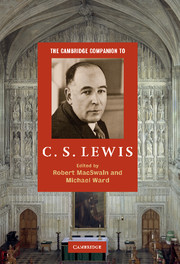4 - Intellectual historian
from Part I - Scholar
Published online by Cambridge University Press: 28 November 2010
Summary
According to late-nineteenth-century German philosopher Wilhelm Dilthey, the historian shares with the poet a capacity to apprehend and re-enact a complex of thoughts, feelings, circumstances and characters in such a way that readers may re-live or experience (nacherleben) a world from which they would otherwise be quite cut off. Dilthey offers the example of his own encounter with Luther: “Within my own existence, as in that of most people today, the possibility of experiencing religious states of mind is narrowly restricted. Yet when I make my way through the letters and other writings of Luther, . . . I experience a religious event of such eruptive force, of such energy - such a matter of life and death - that it transcends the possible lived experience of anyone today. . . . This event thus opens up for us in Luther and his early-Reformation contemporaries a religious world that stretches our horizon of lived human possibility otherwise inaccessible to us. . . .In short, we humans, limited and determined by the realities of life, are set free not only (as often asserted) by art, but also by historical understanding.”
- Type
- Chapter
- Information
- The Cambridge Companion to C. S. Lewis , pp. 43 - 57Publisher: Cambridge University PressPrint publication year: 2010
- 3
- Cited by



